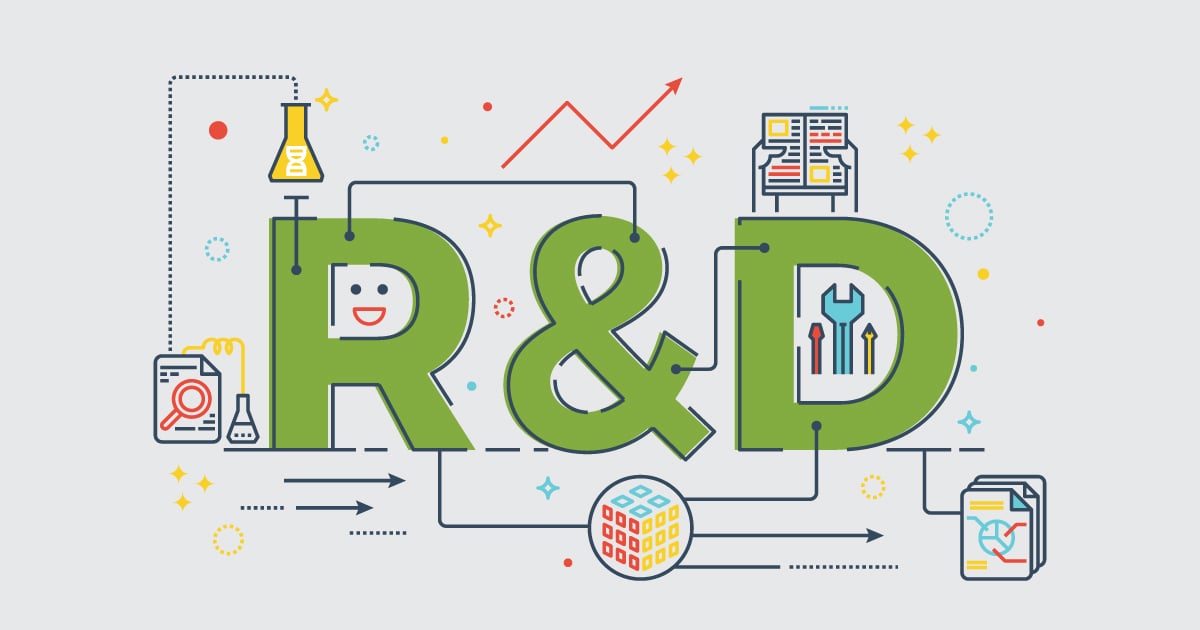The Consolidated Appropriations Act, 2021 (CAA) includes beneficial provisions for businesses that obtained or qualify to obtain a loan under the Paycheck Protection Program (PPP) and employers that qualify for the Employee Retention Credit (ERC). The CAA also addresses the interplay for businesses that intend to claim both the ERC and the research and development (R&D) tax credit.
Specifically, the CAA:
- Confirms that business expenses (that normally would be deductible for federal income tax purposes) paid out of forgiven PPP loans may be deducted for federal income tax purposes, thus rejecting the position previously taken by the Internal Revenue Service (IRS) that expenses paid with forgiven PPP loan proceeds are not deductible for income tax purposes.
- Clarifies that wages taken into account in determining a taxpayer’s 2021 ERC may not be considered in determining the R&D tax credit. Taxpayers, therefore, may deduct and take an R&D tax credit for expenses that otherwise qualify as qualified research expenses (QREs).
Deductibility of expenses paid with forgiven PPP loan proceeds
Before the CAA was enacted, Section 1106(i) of the Coronavirus Aid, Relief, and Economic Security Act (CARES Act) provided that any PPP loan forgiveness will be excluded from gross income, and IRS Notice 2020-32 clarified that costs paid using forgiven PPP loan proceeds are not deductible for income tax purposes, even if otherwise deductible.
The R&D tax credit requires that expenditures be deductible to qualify as QREs. Consequently, wages paid with forgiven PPP loan proceeds were not eligible to be QREs. Under the previous guidance, many taxpayers’ R&D credits were reduced as a result of PPP loan forgiveness; the CAA eliminates this unfortunate result by allowing expenses paid with forgiven PPP loan proceeds to be deductible.
Changes to ERC that impact R&D tax credit
The ERC, introduced under the CARES Act and expanded under the CAA, is a refundable payroll tax credit for wages and health plan expenses paid or incurred by an employer whose operations were either fully or partially suspended due to a COVID-19-related governmental order or where the employer experienced a significant reduction in gross receipts.
The ERC is limited to $10,000 in qualified wages and health plan expenses per employee per quarter for the first two quarters of 2021. Health plan expenses for purposes of the ERC include both the employer and employee paid portions (if paid with pre-tax salary reduction contributions). Pre-tax health plan expenses are not eligible as qualified wages for purposes of the R&D tax credit (i.e., they will not reduce the credit).
Additionally, the CAA increased the ERC’s threshold for treatment as a “large employer” from 100 to 500 employees for 2021. As a result, more employers may be able to include all qualified wages for employees during an eligible quarter, regardless of whether the employee provided services to the company during that period. This change could have a significant impact on the R&D tax credit because more employees who are providing services may qualify for the ERC.
Trout CPA Insights
Wages for employees involved in qualified research who are included in PPP loan forgiveness applications will no longer reduce a taxpayer’s QREs or have a negative impact on the R&D tax credit.
Taxpayers that are eligible for the ERC and that claim R&D credits should analyze their ERC and R&D-credit qualified wages to mitigate the impact on both credits. To lessen the negative impact on the 2021 R&D credit, taxpayers should claim as ERC-eligible qualified health plan expenses and qualified wages expenses that are not potentially QREs as well, e.g., expenses related to employees who did not perform any R&D-creditable “qualified service.”







